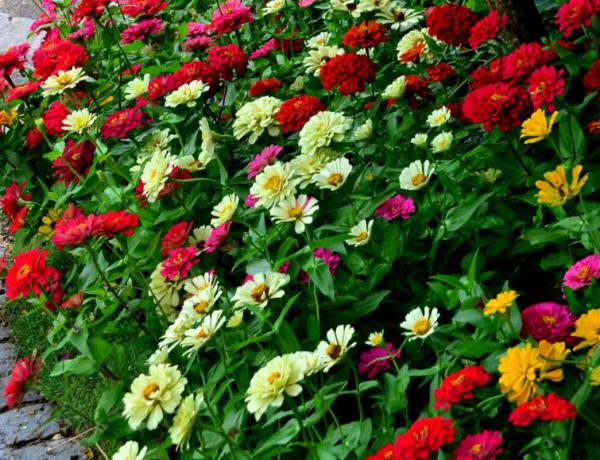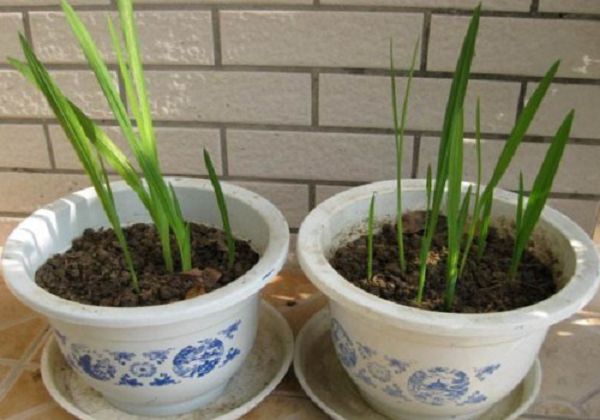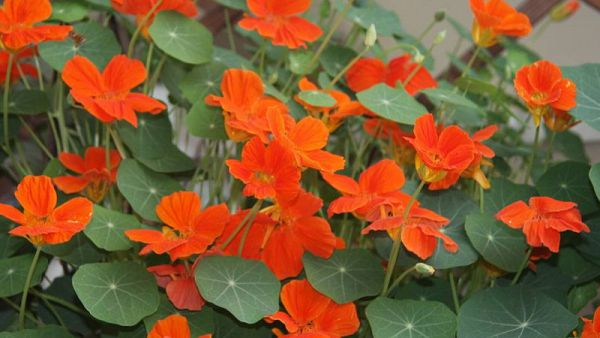How to maintain the hundred-day grass?

Speaking of hundred-day grass, some friends may feel very strange, but when it comes to it, it may be familiar with it. After all, flower beds can be seen everywhere around us, and the flowers inside seem to never wither. In fact, it is not that it will not thank, but its flowering period is longer, one wave of failure, and the next wave of connection. Hundred-day grass is also called hundred-day chrysanthemum, its flowering period is almost one hundred days, so it is named.
The flowers of zinnia are very beautiful, so they are the best choice for decoration, so whether you keep them at home or in the yard, they can have a good decorative effect. How should such beautiful flowers be planted? How to maintain it? In fact, it is very simple, as long as pay attention to a few details can make it grow very well.
First of all, choose the seeds well. As mentioned above, zinnia is a very common plant, and it will bear seeds at the end of its flowering period. for qualified flower lovers, if you want to raise it, you do not have to spend money to buy seedlings or seeds at all, as long as you observe carefully after the end of its flowering period, and wait until the seeds are picked back and germinated moderately in the flowerpot.
Generally speaking, they can be found in various flower beds, but only when the bud turns yellow and slowly dries up, then the bud can be taken home, but it can not be damaged in the process. The principle of seed selection is to choose those that are big and full, so that more seedlings can be sent out.
Then, prepare the soil and flowerpots. Zinzincao likes loose and permeable nutrient soil, which is what we need to ensure in the process of preparing the soil. if you really can't find loose soil, it's okay to add some cinder or sand to it.
As long as we should pay attention to the soil to be finer, after all, its root is very small, to ensure the absorption of nutrients. After preparing the soil, a very important step is to disinfect the soil. The purpose of this is to kill some harmful bacteria in the soil, so that the zinnia is not easy to get sick during its growth.
Secondly, watering and lighting. After the seed is put in the soil, it cannot be ignored. It is necessary to ensure that it is watered and protected from light. In general, we have to make sure that the soil is moist at all times, and then we can't let its seeds see the sun, or it will reduce the germination rate.
Finally, transplanting and maintenance. Under normal circumstances, its seeds will germinate in about 5 days, and all we need to do is transplant. It is good to have a seedling in a flowerpot. After all, it will become a big flower in the later stage. After transplanting, you still need to take good care of them, provide them with a warm environment and keep watering, and then pay attention to ensuring a certain amount of light.
Of course, if you want to grow better, it is also necessary to give some fertilizer.
Related
- Fuxing push coffee new agricultural production and marketing class: lack of small-scale processing plants
- Jujube rice field leisure farm deep ploughing Yilan for five years to create a space for organic food and play
- Nongyu Farm-A trial of organic papaya for brave women with advanced technology
- Four points for attention in the prevention and control of diseases and insect pests of edible fungi
- How to add nutrient solution to Edible Fungi
- Is there any good way to control edible fungus mites?
- Open Inoculation Technology of Edible Fungi
- Is there any clever way to use fertilizer for edible fungus in winter?
- What agents are used to kill the pathogens of edible fungi in the mushroom shed?
- Rapid drying of Edible Fungi



